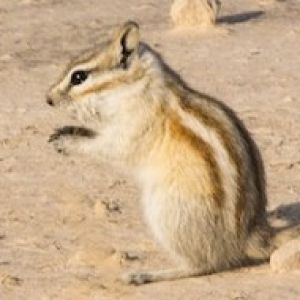Drying desert
Wandering around the Cholla patch in Joshua Tree National Park, I spotted two flowers in total. There were some old fruiting bodies from last year, but there seemed to be no regenerating cacti in the area. These cacti can produce new plants from offshoots, too, which are easily shed. There is a fair amount of trampling from the large number of visitors, but even in the areas which are not heavily trampled, nothing is replacing the high numbers of plants that are dead and dying.
My guess is that there has not been sufficient rain to sustain the populations over the last few years or decades and that cholla are following the path of Joshua trees. These succulents flowered reasonably well this year, but again, there are very few juvenile plants to replace the ones that have been dying through fire and drought.
The loss of vegetation may be a natural phenomenon, perhaps temporary as conditions fluctuate from year to year, and over longer time periods. However, it is well known that the whole of the desert south west is drying, with lower water tables and less precipitation than in earlier times. Californian Fan Palms in 29 Palms are surviving only because humans are supplying supplementary water.
I have been visiting these areas for only about 20 years so although I have observed the effects of the drought, I cannot tell whether this has happened before. However, records indicate that in recent times, as average annual temperatures have increased, the drying is unprecedented.

Comments
Sign in or get an account to comment.


